I. Introduction: The Legacy of the Avengers
A. The Birth of the Avengers
The Avengers first appeared in Marvel Comics in 1963, a creation of the legendary duo, Stan Lee and Jack Kirby. Conceptualized during a period marked by fierce competition with DC Comics, the Avengers were imagined as Marvel’s answer to the Justice League, combining several of its popular standalone characters into one formidable team. At the time, notable superheroes such as Iron Man, Thor, Hulk, Ant-Man, and Wasp were already capturing the public’s imagination, each with distinct powers and storylines. Bringing them together not only heightened the sense of their individual capabilities but underscored a profound narrative of collaboration and unity that transcended mere individual heroics. This approach was novel, marking the Avengers as not just a roster of powerful beings but a family-like unit, bound by shared purpose rather than genetic ties.
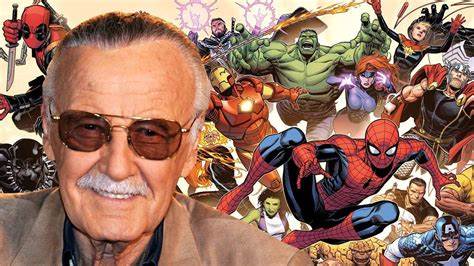
The formation of the Avengers represented an innovative storytelling device. It allowed Marvel to experiment with narrative arcs that emphasized team dynamics, moral complexities, and interpersonal relationships. Each founding member brought a unique style and flavor to the story, which collectively added depth to the burgeoning Marvel Universe. Their introduction as a team also paved the way for integrating different storylines and universes within Marvel, ultimately enhancing the reader’s engagement through more intricate plots and character development.
B. Significance of the Avengers Logo
The Avengers logo has played a crucial role in establishing the visual identity of the superhero team. Beyond mere aesthetics, this emblem has become a symbolic representation of the team’s spirit—unity in diversity, strength, and protection. The familiarity and symbolism encapsulated in the logo provide fans with an immediate connection to the themes of teamwork and heroism that the Avengers embody. It acts as a unifying visual thread across various media platforms, from comic books and animated series to blockbuster films and merchandise.
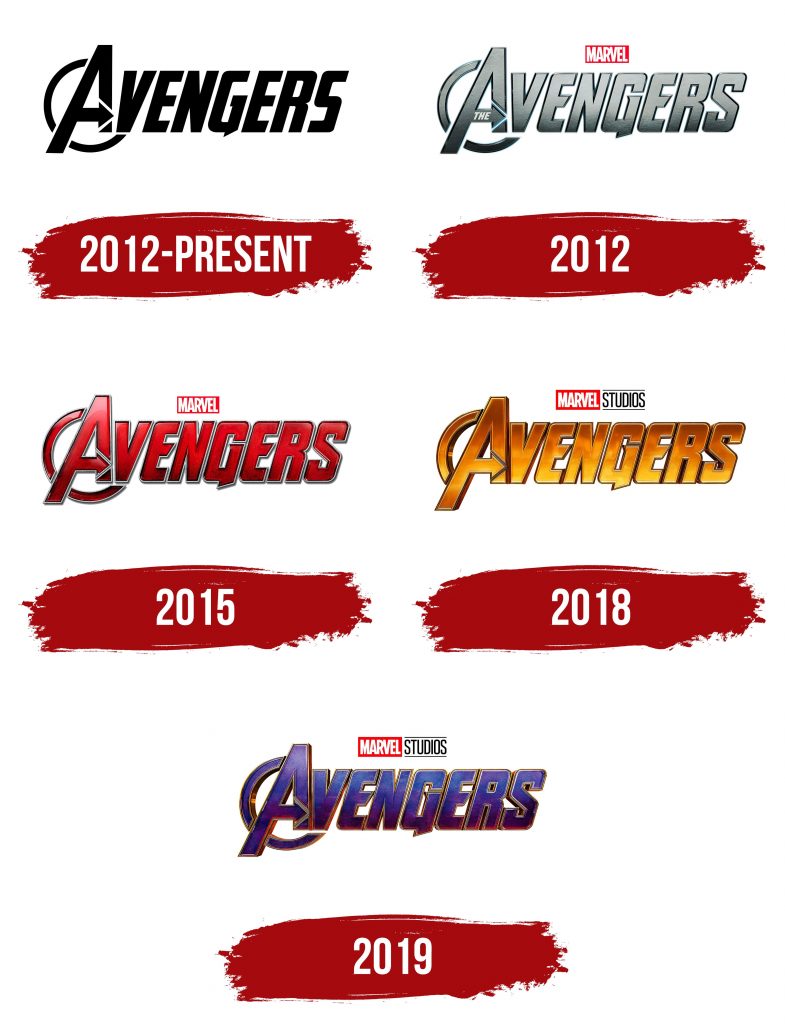
Culturally, the Avengers logo commands significant recognition worldwide. Over the decades, the emblem has grown into a cherished symbol within the realm of superhero pop culture. This universal appeal has allowed the logo to transcend its original context, representing wider ideologies such as resilience, unity, and vigilante justice. Its cultural impact is profound, galvanizing fan communities and inspiring adaptations in art, design, and fashion. As a result, the logo is not merely a visual trademark; it is a cultural artifact with the power to evoke strong emotional connections and nostalgic memories across multiple generations.
II. The Original Avengers Logo: Conception and Design
A. Creation and Designers
The original Avengers logo was born in the creative minds of Marvel’s in-house artists during the 1960s—a period known for its vibrant colors and bold, experimental graphics. This initial design phase reflected a time when comics were a primary source of entertainment, and the need for an eye-catching emblem that could stand out on newsstands was paramount. The logo’s design process was led by creative directors who sought to encapsulate the collective strength and dynamic spirit of the characters it represented. The early version of the logo featured a simplistic yet bold aesthetic, characterized by block letters and striking motifs that conveyed movement and power.
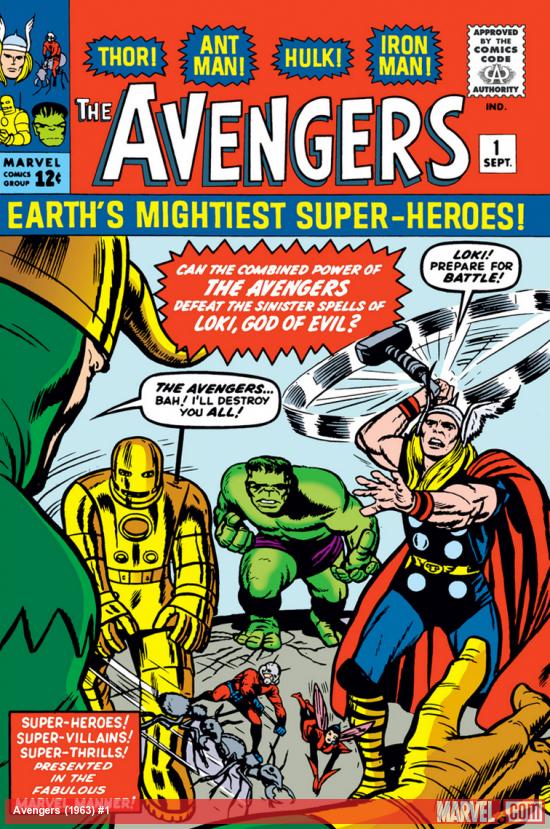
Designers faced several challenges during this initial phase, primarily balancing aesthetic appeal with functional versatility across different media formats. The logo needed to be adaptable enough to fit various merchandising products while retaining its integrity on the colorful and detailed comic book covers. Inspiration for the logo came from several sources, including military emblems and traditional typographic art, elements that embodied strength and authority—qualities emblematic of the Avengers themselves.
Anecdotes from the design process highlight the collaborative effort involved, where artists were encouraged to experiment with different styles and techniques. This period was marked by a creative openness that allowed for unexpected and innovative designs to emerge, sharpening the distinct identity of the Avengers. The result was a logo that, while simple in design, carried with it a complexity and depth that mirrored the narratives it fronted.
B. Key Design Elements
The foundational elements of the original Avengers logo comprised a strategic use of color, typography, and iconography, all carefully chosen to resonate with both the themes of the comics and the tastes of the era. The use of a bold color palette, often dominated by primary colors such as red and blue, was not only a reflection of traditional heroic tropes but also a practical choice, as these colors reproduced well in print and stood out on the page.
Typography in the logo featured clean, heavy lettering that communicated strength and resilience, a deliberate choice to ensure legibility and instant brand recognition. The typography was often flanked by graphic elements like stars or dynamic lines, adding a sense of movement and vitality. These elements not only enhanced the visual impact of the logo but also echoed the action-packed and adventurous spirit of the Avengers comic books.
Symbolism played a critical role in the design. The circular motifs and strong lines in the logo represented unity and cohesion, core values of the Avengers team as they band together to face formidable foes. Such design elements serve as metaphors for protection and the unbreakable bonds between the team members, encapsulating the philosophical spirit of the Avengers in a powerful visual icon.
III. Logos Through the Decades: Evolution and Innovation
A. 1960s – 1980s: Foundation and Early Changes
During the golden age of comics from the 1960s to the 1980s, the Avengers logo underwent various modifications, though it mostly retained the visual essence of its original conception. This period saw comic books becoming more integrated into mainstream culture, and as the fan base expanded, so too did the expectations placed on the visual representation of their favorite heroes. Early changes in the logo did not stray far from the classic bold typographical style; rather, they refined it to enhance appeal and recognition in a rapidly growing market.
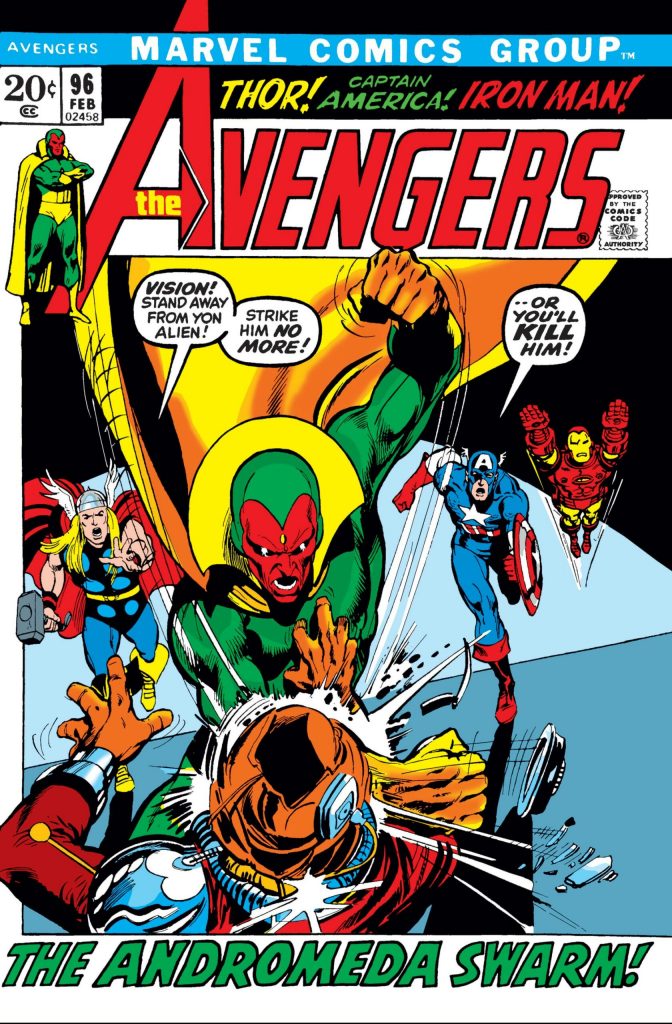
These modifications were often subtle and aligned with broader societal trends and shifts within the comic book industry. As narratives became more complex and the characters more deeply developed, visual elements of the logo adapted to reflect these changes while remaining anchored in its solid foundation. Updates often included slighter linework adjustments and enhancing existing elements, ensuring the logo met evolving design standards and printing capabilities of the time.
Key influencers driving these changes were societal and cultural dynamics that shaped the context in which comics were consumed. As Marvel Comics moved towards more inclusive and varied storytelling, the visual identity of the Avengers logo evolved to mirror these narrative innovations, representing a reactive and resonant marker of the times.
B. 1990s – Present: Modernization and Digital Era Adjustments
The 1990s marked a transitional period for the Avengers logo as it entered the digital age. With the advent of digital media, there was a pressing need for the logo to be reproduced with high fidelity across diverse platforms, from print to the burgeoning world of digital entertainment. This era saw the logo take on a sleeker and more refined appearance, incorporating elements that would translate well into film and video games, which began to play crucial roles in expanding the Marvel brand beyond comics.
The Marvel Cinematic Universe (MCU), launched in the late 2000s, necessitated significant redesigns of the Avengers logo to cater to a cinematic audience. The demands of large-scale marketing campaigns and cross-platform branding required adjustments that were not only aesthetically pleasing but functionally versatile in diverse mediums, from movie posters to social media ads. This translated into cutting-edge design elements, like metallic sheens and three-dimensional depth, reflecting the advanced storytelling and enhanced production values characteristic of MCU films.
The current iteration of the logo is emblematic of this modernization. It embodies technological advancement and artistic innovation in harmony, delivering a rendition that is both familiar to longtime fans and equally fresh to newer audiences discovering the Avengers through digital and cinematic experiences. These changes ensure the longevity of the logo’s appeal and its continued resonance amid an ever-evolving cultural and technological landscape.
2010
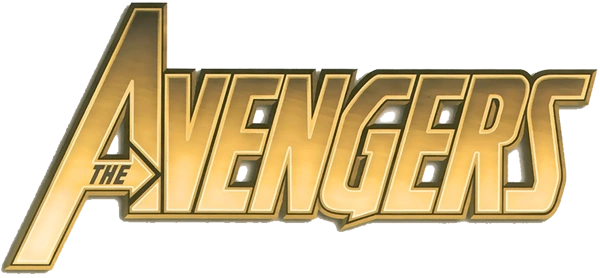
2012
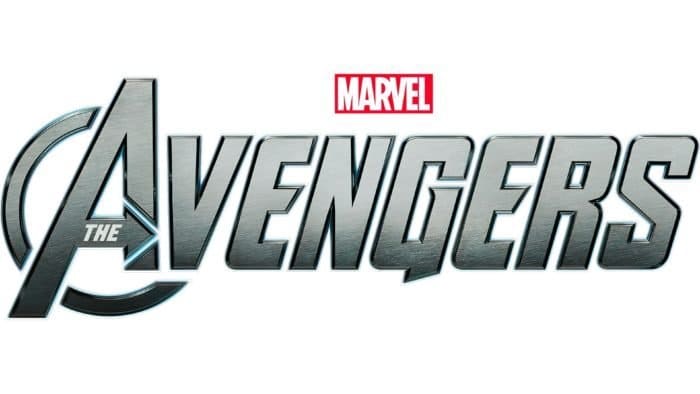
2013
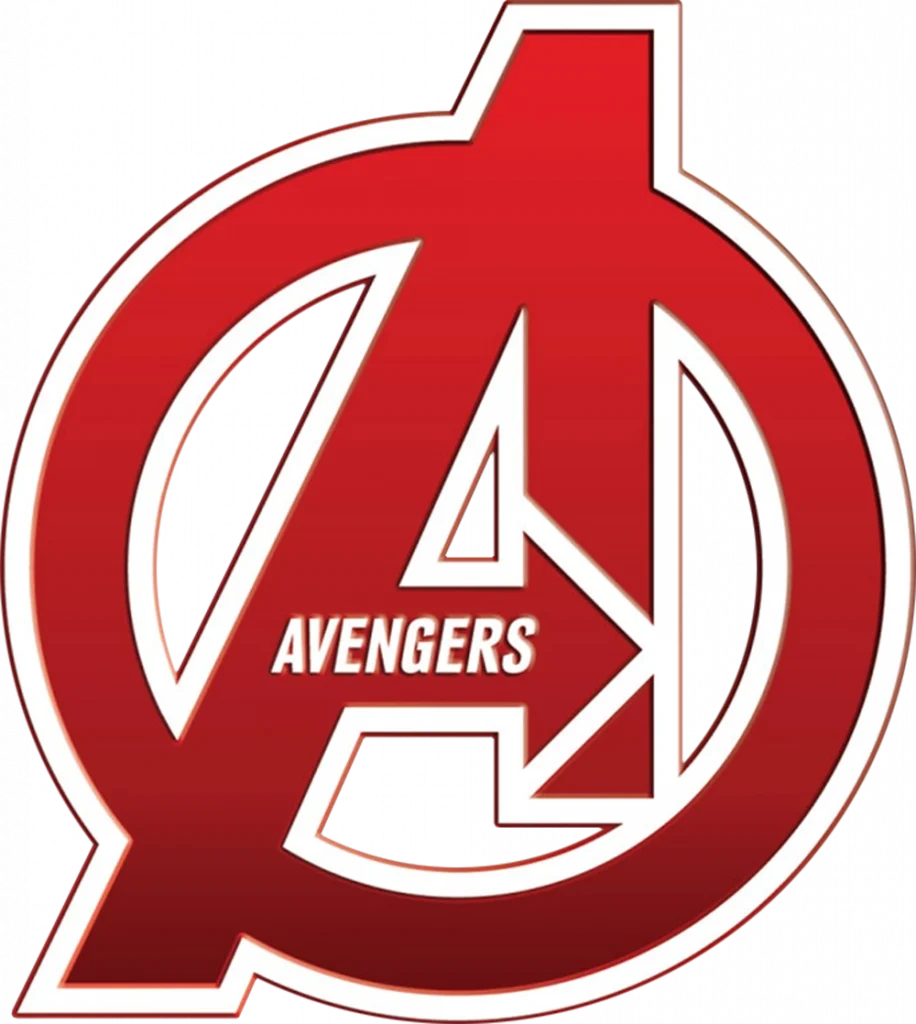
2015
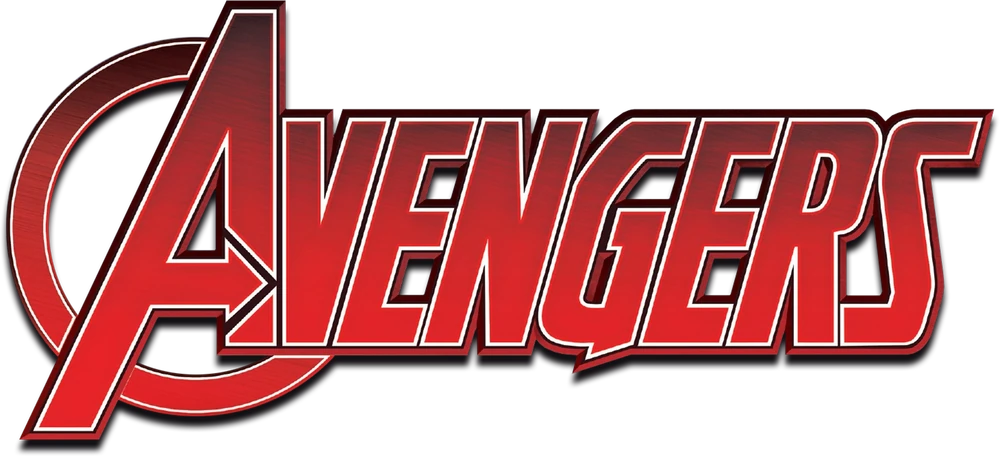
2017
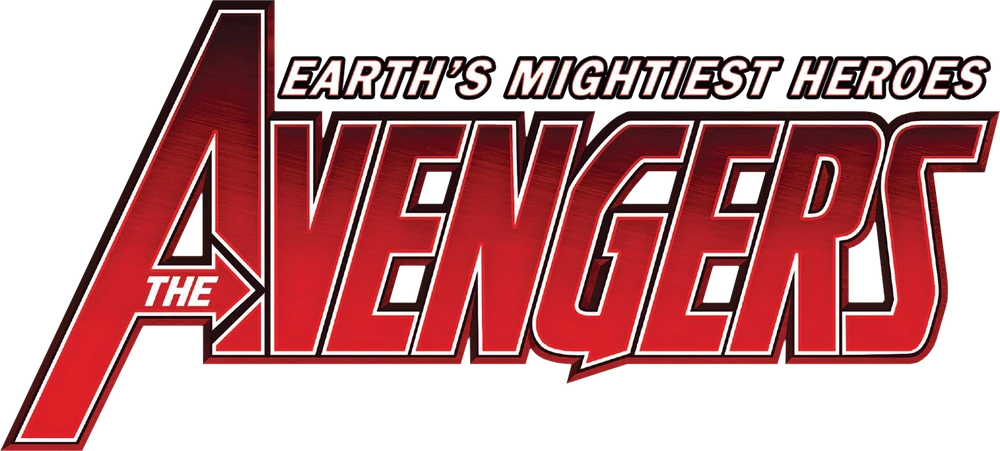
2018
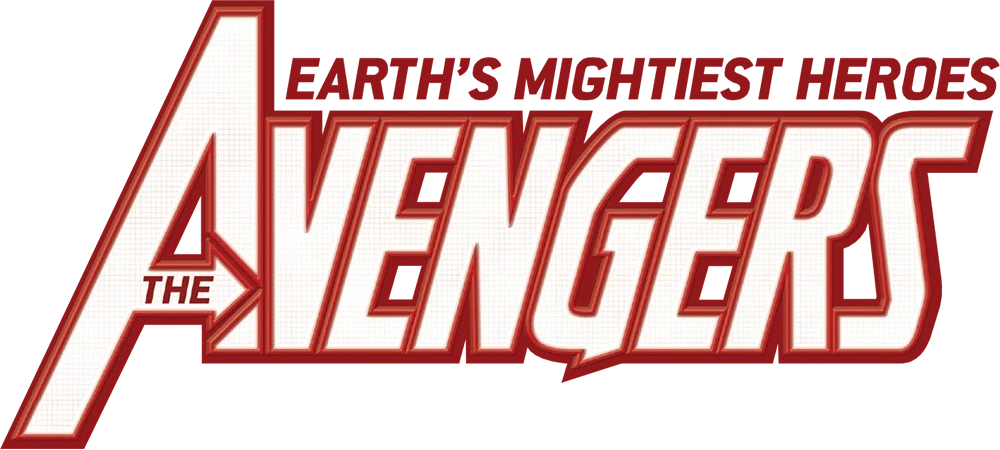
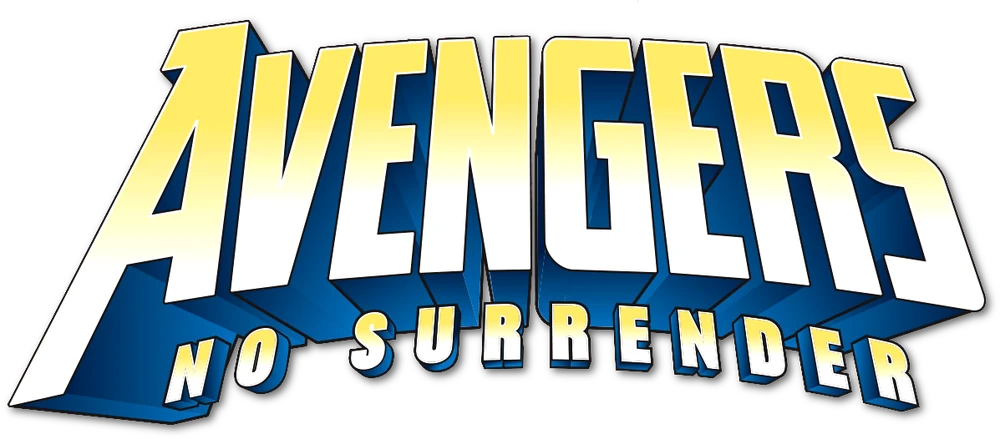
2019
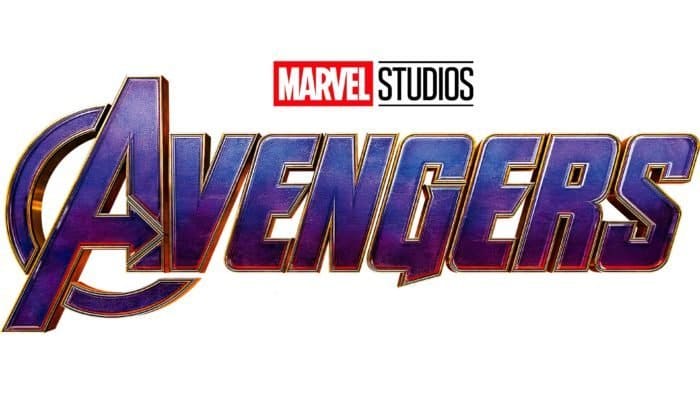
C. The Modern Marvel: The Current Avengers Logo
Today’s Avengers logo stands as a testament to sophisticated graphic design, blending traditional motifs with contemporary aesthetics. Retaining the core visual elements that have defined it for decades, the modern logo is characterized by streamlined typography and enhanced detailing that cater to current aesthetic preferences. The adoption of metallic textures and dynamic hues ensures the logo remains impactful and versatile across a multitude of platforms.
2026 Avengers: Doomsday
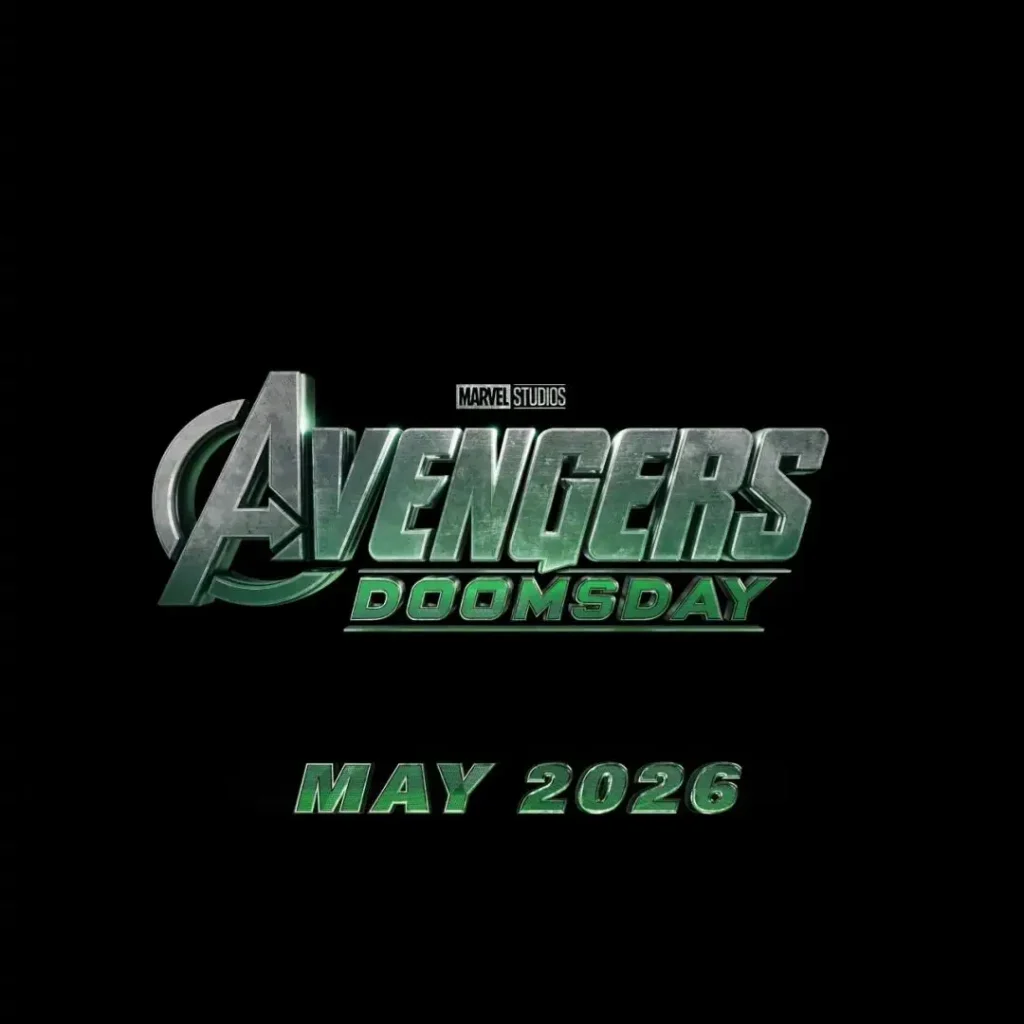
The latest design iteration serves as a cornerstone of Marvel’s brand identity, seamlessly integrating into the broader visual language of the MCU. Boasting a polished and cohesive appearance, the logo drives marketing efforts, facilitating strong brand recognition amid continuously growing consumer markets. It enables Marvel to maintain credibility and influence while engaging both new audiences and devoted fans of the original comics.
Avengers: Secret Wars 2027
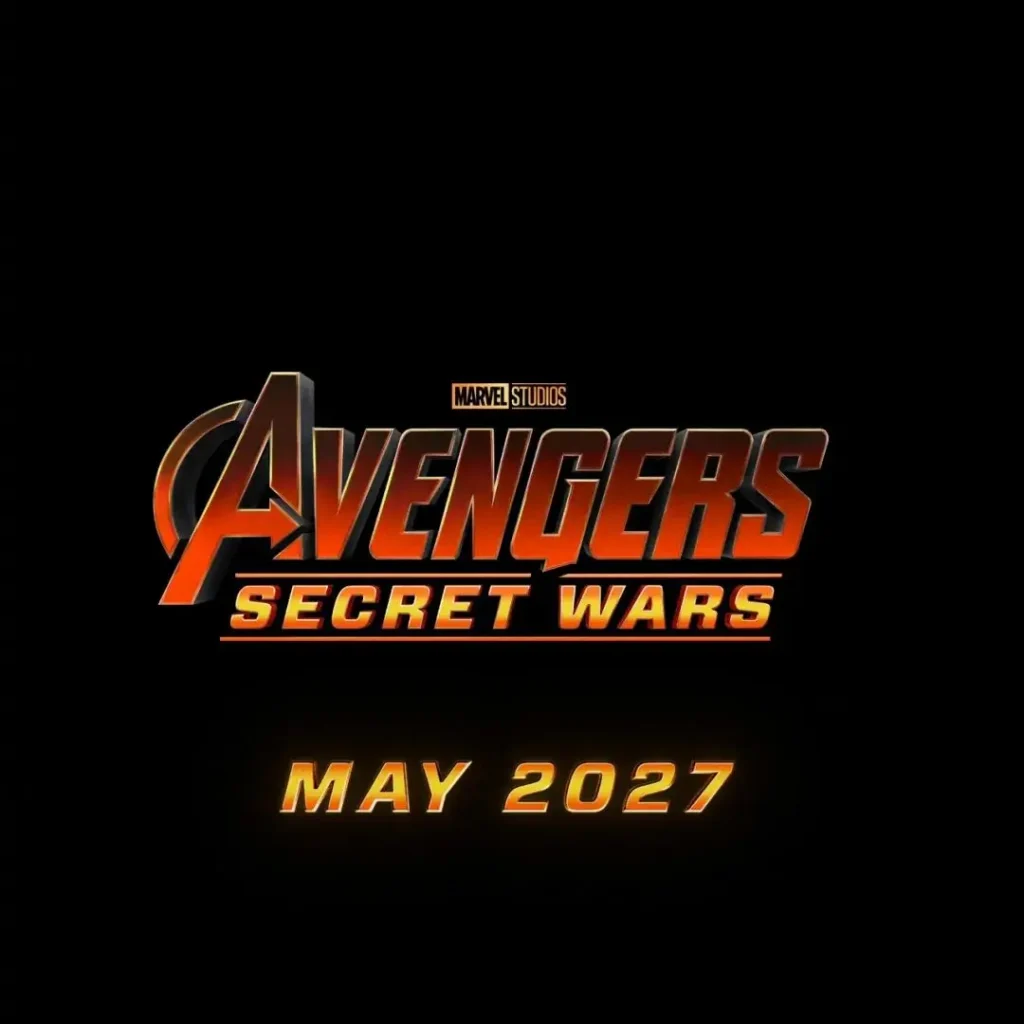
In the age of cinematic sagas, the logo’s role has expanded beyond brand representation. It has become a symbol for epic storytelling, encapsulating the grandeur and scope of the cinematic narratives it represents. The emblem evokes a sense of anticipation and excitement, establishing an emotional connection with viewers and functioning as a rallying sign for fans around the world—a true modern marvel in graphic design.
IV. The Symbolic Language of the Avengers Logo
A. Interpretation of Design Elements
The Avengers logo’s design elements serve as more than aesthetic markers; they weave a narrative of complexity, symbolism, and intention. Colors like red and blue, often prominent in the logo, are steeped in historical associations with valor and justice, reflecting the worldly responsibilities and heroism embodied by the team. These choices are not merely cosmetic; they resonate with the thematic undertones of the stories and remind audiences of the enduring battles between right and wrong.
Geometric shapes such as the circle or ‘A’ icon employed in various iterations contribute to the logo’s distinct visual identity. The circular design signifies infinity and community—a thematic reminder of the infinite struggles the Avengers face and the unbreakable bonds among its members. Typography plays an equally vital role, where bold and unyielding letterforms suggest stability, power, and unity, qualities central to the Avengers ethos.
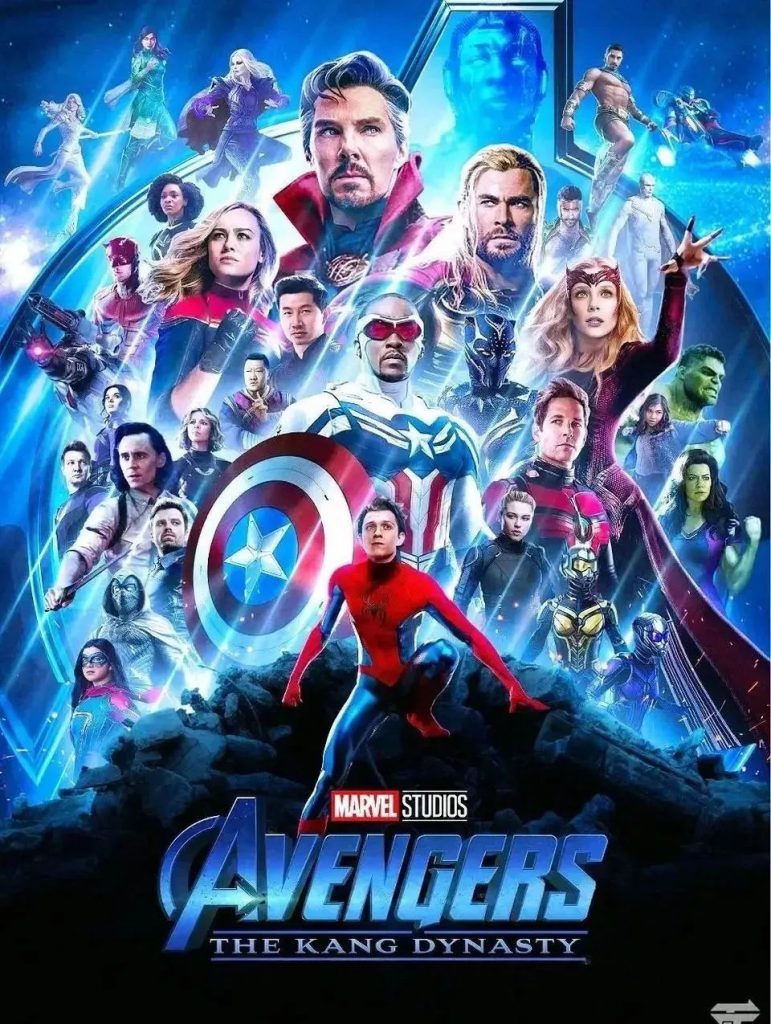
Each element within the design communicates an abstract narrative, contributing to its depth and significance. As the Avengers continue to evolve within their fictional stories, so too do their logos, maintaining a balance of the historic and the modern—a harmonious visual manifestation of what the Avengers stand for.
B. Cultural and Fan-Based Symbolism
Beyond the realm of aesthetics and narrative alignment, the Avengers logo holds profound significance within fan communities and broader cultural discourses. It is an artifact of shared fandom, a manifestation of collective admiration for superheroism that transcends simple visual identification. Among fan communities, the logo serves as a badge of allegiance, representing a shared narrative experience and being instantly recognizable as a symbol of kinship among enthusiasts.
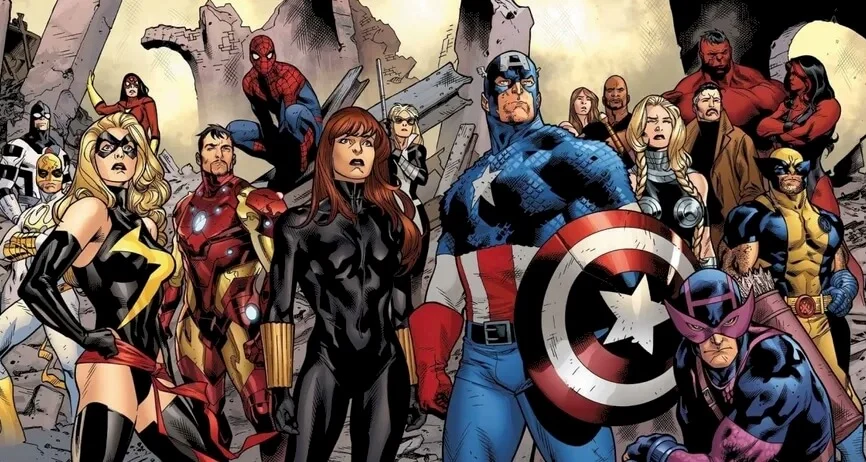
The logo’s presence across global popular culture is undeniable. Its integration into the daily lives of fans highlights its role as a cultural icon, featured prominently in cosplay, fan art, and as a motif in various everyday products. This cultural currency reinforces the Avengers’ relevance, capturing the imagination of new and seasoned fans alike, and perpetuating the storied lineage that began in 1963.
Emotional connections with the logo have only deepened over time, with each new movie or comic introducing new layers of association. For many fans, the logo is evocative of childhood wonderment, adventurous spirit, and nostalgic memories, making it an indispensable part of the cultural tapestry. It is an emblem that has instilled a sense of pride and identity among devotees, embodying the ideals and aspirations ingrained within the narrative universe it represents.
V. Designing a New Avengers Logo: An Interactive Guide
A. Designing with AI: Use of AILogoCreator
As the need for brand identity continues to evolve, tools like AILogoCreator offer new avenues for designing memorable logos like that of the Avengers. AILogoCreator empowers individuals and businesses to engage in the creative process with remarkable efficiency, leveraging the power of artificial intelligence to craft bespoke designs. Using its advanced generative algorithms, AILogoCreator simplifies the complexities of design, guiding users through a seamless creation process that even those without extensive graphic design expertise can master.
To design an Avengers-inspired logo with AILogoCreator, users are provided with intuitive interfaces that facilitate the input and adjustment of various design elements—making it a versatile choice for both amateur creators and seasoned designers. Through a step-by-step process, this AI-powered platform allows users to draw on a wealth of curated design templates tailored to superhero themes, helping them visualize and refine their logos to reflect the desired identity.
B. Design Process Using AILogoCreator
- Step 1: Inputting logo name and selecting industry (e.g., entertainment): Start by entering a strategic name for the logo. For an Avengers-inspired design, selecting ‘entertainment’ aligns the design elements with relevant thematic templates.
- Step 2: Choosing style elements and colors that match the Avengers’ essence: The next step involves selecting color palettes rife with iconic reds, blues, and metallics that resonate with heroism, alongside graphic forms that encapsulate energy and motion, harmonizing the chosen style with “Avengers” thematic elements.
- Step 3: Customizing fonts, icons, and other elements with AI suggestions: Customization through AILogoCreator allows users to explore various fonts and icons. A streamlined font style invokes a modern yet classic aesthetic, while AI recommendations help users refine design choices, ensuring their logo embodies the visual power akin to that of the original Avengers logo.
- Step 4: Previewing, fine-tuning, and finalizing the logo with AI tools: Previewing the design allows for detailed adjustments, facilitated by AI tools that suggest enhancements based on desired stylistic preferences. Users can experiment with depth and textures to achieve a logo that commands attention and aligns with the ethos of the Avengers.
- Step 5: Downloading finalized logo in different formats for varied uses: Once the design is completed, users can download their logo in various formats such as SVG, PNG, and PDF, ensuring versatility across digital, print, and merchandise applications—just like the well-recognized Avengers logo.
VI. The Impact of the Avengers Logo: Beyond Design
A. Branding and Marketing Influence
The Avengers logo is more than an artistic symbol; it is an integral part of Marvel’s extensive branding and marketing strategy. As an emblem, it strengthens Marvel’s corporate identity, ensuring consistency and brand recall across diverse products and media. Every appearance of the logo reinforces the superheroes’ narrative arc while encouraging brand belief among consumers and partners alike.
Prominent case studies reflect how the logo’s strategic use has amplified marketing impacts, from leveraging its visibility during movie promotions to crafting theme-centric merchandise. The Avengers logo has been pivotal in campaigns such as major cinematic releases, where trailers, posters, and cross-promotional partnerships have driven substantial engagement. Its strategic placement across all promotional materials unifies the messaging and clearly identifies offerings as part of the larger Marvel experience.
Through consistent visual representation, the Avengers logo helps foster brand loyalty, creating an intuitive recognition that leads to consumer trust and preference. It is a critical component of the brand’s visual language—ensuring that from the core team and their adventures to spin-offs and crossovers, Marvel’s superhero narratives remain instantly identifiable and reliably associated with high-quality entertainment.
B. Global Pop Culture and Merchandise
Globally, the Avengers logo serves as a central element in consumer culture, gracing everything from clothing lines and toys to home decor and digital applications. Its adaptability across formats underscores its role as a transformative symbol that resonates with audiences of varying ages and geographic contexts. For Marvel, this widespread visibility translates directly into profitability, as margin-enriched merchandise featuring the Avengers logo consistently ranks high in sales.
The logo has become more than a graphic—it is a cultural artifact embedded in the daily lives of millions, transforming mundane items into extensions of the Marvel universe. For fans, possessing merchandise adorned with the iconic logo represents a tangible connection to their beloved superheroes, encouraging engagement in shared fan practices such as collections and displays.
The effect of the Avengers logo in the merchandising ecosystem cannot be overstated. It triggers consumer curiosity and fosters an emotional relationship strengthening brand attachment, reinforcing its value as a hallmark of quality and imagination. Thus, the logo acts as both an evocative graphic embodying the Avengers’ world and a driver of sustained commercial success.
VII. Future Prospects: Innovating the Avengers Logo
A. Trends in Graphic Design and Branding
The dynamic landscape of graphic design continues to evolve, greatly influencing the ongoing innovation of logos like that of the Avengers. Current trends emphasize minimalism, flexibility, and the incorporation of digital interactivity to captivate modern consumers. As design technology advances, tools allowing for dynamic logos adaptable to various contexts have become prevalent, suggesting potential directions for the Avengers logo.
Looking ahead, maintaining a balance between tradition and innovation remains key. While evolution of the logo is necessary to engage new audiences and reflect cutting-edge aesthetics, retaining familiar elements ensures continuity and honors the brand’s rich history. Current and upcoming trends indicate an increased focus on multidimensional imaging, personalization, and the integration of augmented and virtual realities into design, providing fertile ground for the next wave of innovation.
B. Potential Redesigns for Future Media
Speculative conversations surrounding potential redesigns often highlight opportunities to incorporate advanced technologies and audience participation. Transformations might involve user-interactive elements that alter shapes or colors, maximizing engagement in digital and immersive media scenarios. Incorporating customizable components might allow fans to personalize their experience, further strengthening their bond with the team.
Experts suggest that future adaptations could feature broader narrative elements or synergy with emerging trends in augmented reality, potentially allowing the logo to present different appearances based on contextual interactivity. Such innovations could provide not only visual intrigue but also extend the narrative reach of media experiences, keeping the Avengers at the forefront of entertainment.
Fan involvement in redesign processes is an emerging consideration, harnessing community creativity to maintain the logo’s resonance. Crowdsourced design contests and online platforms offer platforms where fans can contribute ideas and vote on features, creating opportunities for genuine engagement and connection. In leveraging these insights, Marvel can ensure its logo continues to reflect varied fan perspectives and epitomizes the values it represents.
Concluding Thoughts: Preserving a Legacy
Reflecting on the Avengers logo’s evolution underscores a legacy of creativity, adaptability, and enduring success. As a powerful emblem representing the collective heroism and unity of one of the most famous superhero teams in history, its journey encapsulates a balance of tradition and contemporary trends, a balance essential to maintaining its stature and resonance in the collective cultural memory.
The logo’s enduring appeal lies in its ability to capture the imagination while reflecting the values intrinsic to the Avengers. Its ongoing evolution is both a testament to creative foresight and a commitment to preserving the integrity that defines the Avengers’ legacy. As Marvel continues to innovate and inspire, understanding and appreciating the balance between respecting historical significance and embracing the future ensures that the Avengers logo remains an integral and evocative symbol of heroism and storytelling.
High-Traffic Questions and Summary Answers
- What inspired the original Avengers logo design?
The original design was inspired by military badges and classical typography, intended to unite the strong and diverse identities of its characters into a cohesive emblem representing collective heroism. - How has the logo changed over time?
Since its inception, the logo has evolved through several iterations to align with media expansions. It has become sleeker and more polished to suit the digital age while maintaining its core visual identity. - What does the Avengers logo symbolize?
The logo symbolizes unity, heroism, and resilience. It is a visual representation of the core values and mission of the Avengers, reinforcing the themes of teamwork and strength. - How many times has the Avengers logo been updated?
The logo has undergone numerous updates since the 1960s, with major redesigns occurring in response to significant cultural and media shifts to remain relevant and impactful. - What makes the Avengers logo iconic?
Its timeless design, adaptability across media, and deep-rooted connection with the Avengers’ narrative make it instantly recognizable, fostering a strong cultural and emotional impact. - Who is the main six Avengers?
The original main six Avengers include Iron Man, Thor, Hulk, Captain America, Black Widow, and Hawkeye, each contributing unique skills and dynamics to the team’s success. - Is the Avengers logo copyrighted?
Yes, the Avengers logo is a copyrighted asset of Marvel Entertainment, protected for use in official media and merchandise to maintain brand integrity and exclusivity. - What brand is Avengers?
The Avengers brand is a part of Marvel Entertainment, a subsidiary of The Walt Disney Company, encompassing a wide array of media, experiences, and product lines within the Marvel Universe.

CommentsTake the first comment